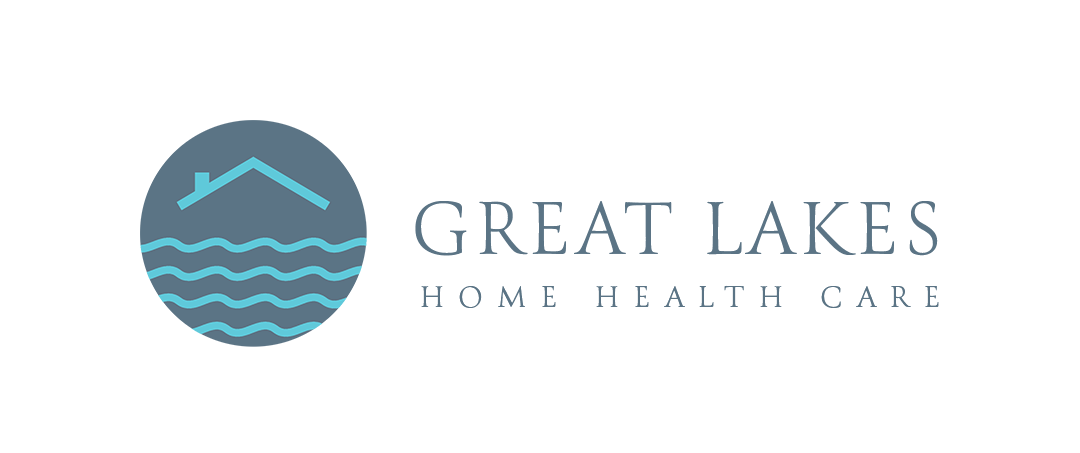Understanding your heart attack risks can help prevent you from having one. When it comes to heart attacks, there are factors you can control and others you cannot. In this blog, we are diving into the risk factors for heart attacks. Hopefully, by the end of this, you will learn more about what to do to stay as healthy as possible.
Contents
Understanding Heart Attack Risks
In the United States, someone has a heart attack every 40 seconds and every year, about 805,000 Americans have a heart attack (4). It is important to note that there are several health conditions such as diabetes and high blood pressure and other habits such as smoking that can also contribute to a heart attack. Other heart attack risks you should know about include the following:
1. An unhealthy lifestyle
An unhealthy lifestyle is one of the biggest heart attack risks you might face. This refers to a lifestyle that includes poor diet, lack of exercise, and smoking. These unhealthy habits can lead to conditions such as obesity, high blood pressure, and diabetes- which are all major risk factors for heart attacks.
If you want to reduce your risk of having a heart attack, it is important to make healthy lifestyle choices. Eating a healthier diet, regular physical activity, quitting smoking, and managing stress can help improve your heart health and overall quality of life (1). Eating well does more than just help you maintain a healthy weight, it has been shown it can help with dealing with stress. It is never too late to change your lifestyle and eating habits!
2. High blood pressure
High blood pressure is known to damage the arteries leading to your heart. When high blood pressure is present alongside obesity, it can put you at even higher risk (2). This is because high blood pressure increases your heart’s workload and this makes the heart muscle thicken and become stiffer (5).
Luckily, there are a ton of resources to help lower your numbers from healthy food recipes to relaxing medication. Find out what healthy habit works best for you and your heart and stick with it.
For example, you might want to try the DASH diet (Dietary Approaches to Stop Hypertension) which has been shown to lower blood pressure in scientific studies. Or, give meditation a go. Research shows that mindfulness meditation can help reduce stress and anxiety, two factors that can contribute to high blood pressure.
Start slowly with just a few minutes of mediation per day and work your way up. You could even try a guided meditation app like Headspace or Calm.
Trying natural remedies like herbs and supplements is another great way to lower blood pressure numbers. Check with your doctor first, but some popular options include hibiscus tea, ginger, garlic, and omega-three fatty acids.
3. Obesity
Obesity is linked to high blood cholesterol levels and diabetes. Losing just 10% of your body weight can lower your heart attack risk (2). Many people may find it difficult to lose weight, but by learning healthy eating and doing more physical activity, you can help keep your heart healthier longer.
Obesity is caused by many factors, including overeating and lack of physical activity. Genetics may also play a role in obesity. If you are struggling to lose weight, don’t be discouraged. There are many resources available to help, like weight loss programs or a registered dietitian.
4. High cholesterol
When your blood cholesterol level rises, so can your risk of a heart attack. “Bad” cholesterol (also known as Low-density-lipoprotein (LDL) cholesterol) is known to narrow arteries and prevent blood flow, leading to heart disease and strokes. On the contrary, high levels of “good” cholesterol (known as High-density-lipoprotein (HDL) cholesterol) can lower your risk of a heart attack (2). Keeping your LDL low can be done if you reduce saturated fats, eat more omega-3 fatty acids and increase your fiber intake (3).
5. Diabetes
Diabetes can increase your risk of cardiovascular disease, which can cause heart attacks. People with diabetes do not produce enough insulin and not responding to insulin properly causes your body’s blood sugar levels to rise (2). It is best to work with your physician to help manage your blood sugar. This way, you can avoid some of the other complications that come with diabetes such as heart disease.
6. Your age
Your risk for a heart attack increases as you age. Men ages 45 or older and women age 55 or older are more likely to have a heart attack than are younger men and women (2). The best thing you can do to decrease your risk of having a heart attack is to live a healthy lifestyle and see your doctor regularly.
7. Family history
If your siblings, parents, or grandparents have had early heart attacks, you might be at an increased risk (2). This makes it more likely for you to develop it yourself and it is something you cannot control. Since there is nothing you can do about your family history, it is even more important to focus on the things you can control.
For example, you can start living a healthier lifestyle. This will help decrease your risk of developing heart disease, even if you are genetically predisposed to it. If you have a family history of heart disease, make sure to talk to your doctor about what you can do to reduce your risk. There might be specific steps you need to take to protect your health.
8. Stress or other intense emotions
Studies have shown that both intense anger and grief can occasionally trigger a heart attack (4). It is important to find ways you can relax whether that is through meditation, listening to calming music, or exercise. Finding a way to let go and relax can help lower your risk of having a heart attack and improve your overall health.
9. Sudden physical activity
Random and tough physical activity to your body can lead to a heart attack if you are not physically fit, to begin with (3). Starting at a slow pace is the best option when working out or trying a new activity. You do not want to overwork your heart. Warming up and/or stretching before a workout is necessary to get your body ready for strenuous physical activities.
10. Extreme cold
Did you know cold temperatures can increase your blood pressure? This occurs because the heart arteries tighten when it is cold. Combine this with physical activity, and the strain may be too much for some hearts to take (3).
Every year, shoveling snow sends more than 11,000 people to the hospital — at least 7% with heart trouble (3). If you live in the Midwest, you most likely need to shovel every year. Dressing appropriately in water-resistant layers and gloves can help you stay warm while doing activities in the cold.
As much as possible, avoid the cold weather if you have heart problems. If you must be in the cold, take frequent breaks and drink warm fluids to keep your body temperature up.
11. Eating a heavy meal
No one knows exactly why this occurs when eating a heavy meal, but we do know that eating redirects blood away from the heart and pushes it toward the GI tract, which is problematic to individuals already at risk for a heart attack (3). Limiting your caloric intake overall and avoiding binging on large meals can help lower your risk.
Taking Care of Your Heart Should Be a Priority

If you have any of these risk factors, it does not mean that you will definitely have a heart attack. However, it is important to be aware of them and take steps to lower your risk of having one. You can do this by maintaining a healthy lifestyle and working with your physician to monitor your risk factors. Heart attacks are serious and often life-threatening, so it is important to be proactive about your heart health.
Conclusion
Certain lifestyle choices can put you at a greater risk for a heart attack. But remember, it is never too late to take the steps necessary to prevent a heart attack– even if you’ve already had one. Practicing new healthier habits can benefit you far more than only lowering your risk of a heart attack. Therefore, whether you’re trying to prevent your first heart attack or you’re working on preventing another one, know that making healthier lifestyle choices is always worth it.

